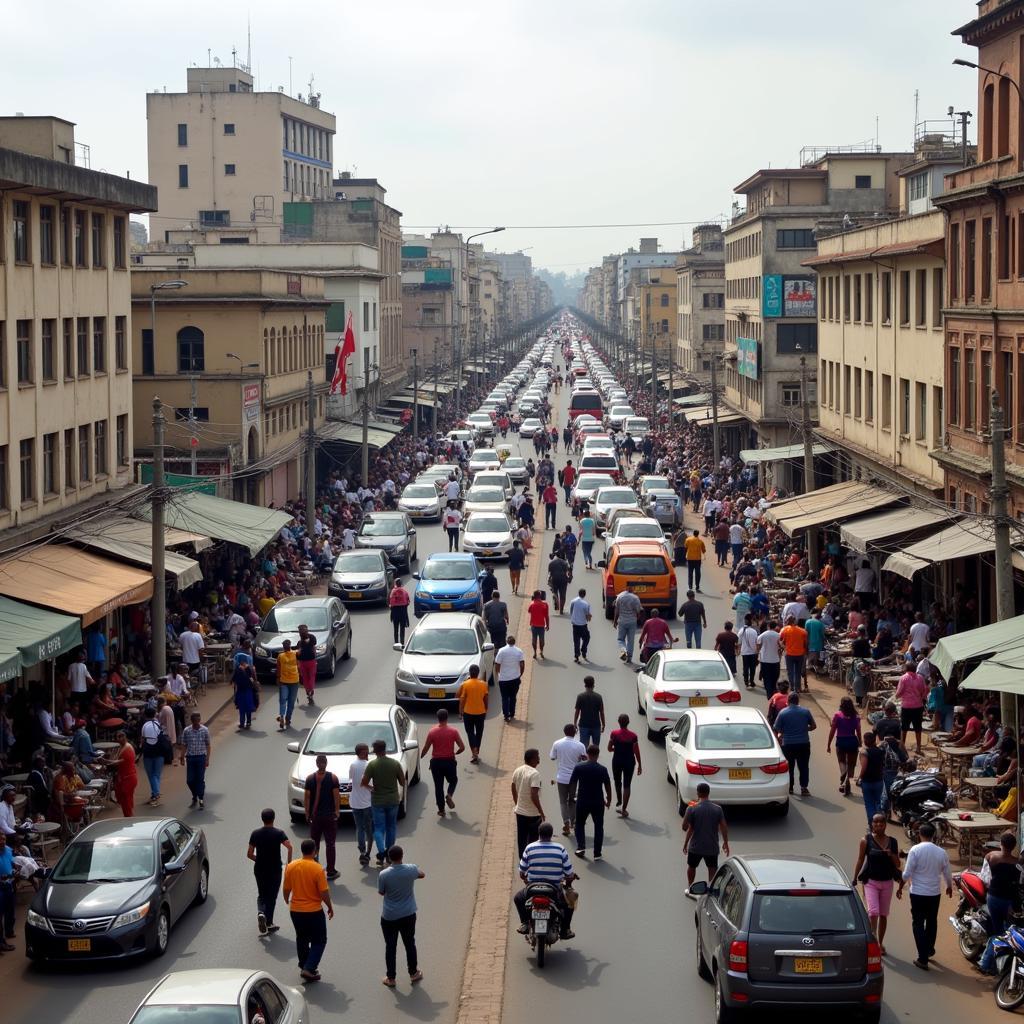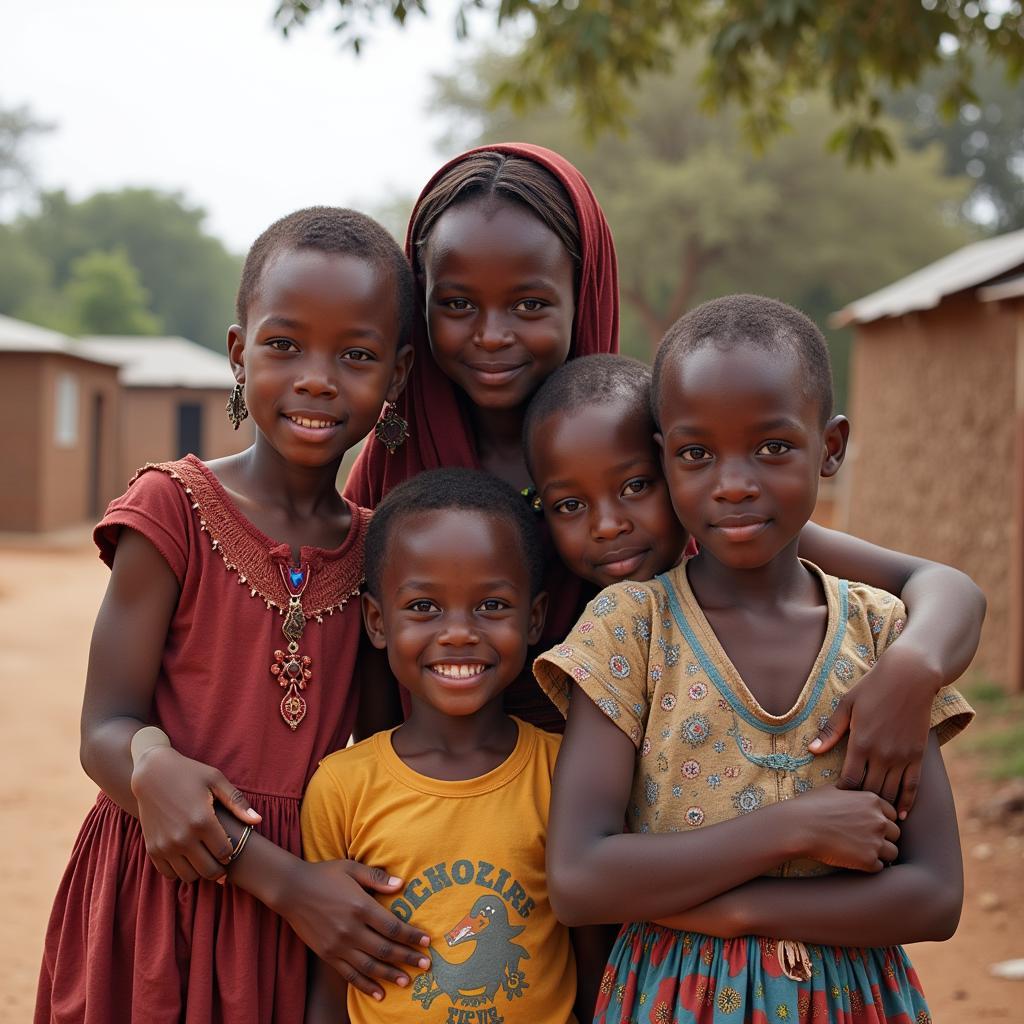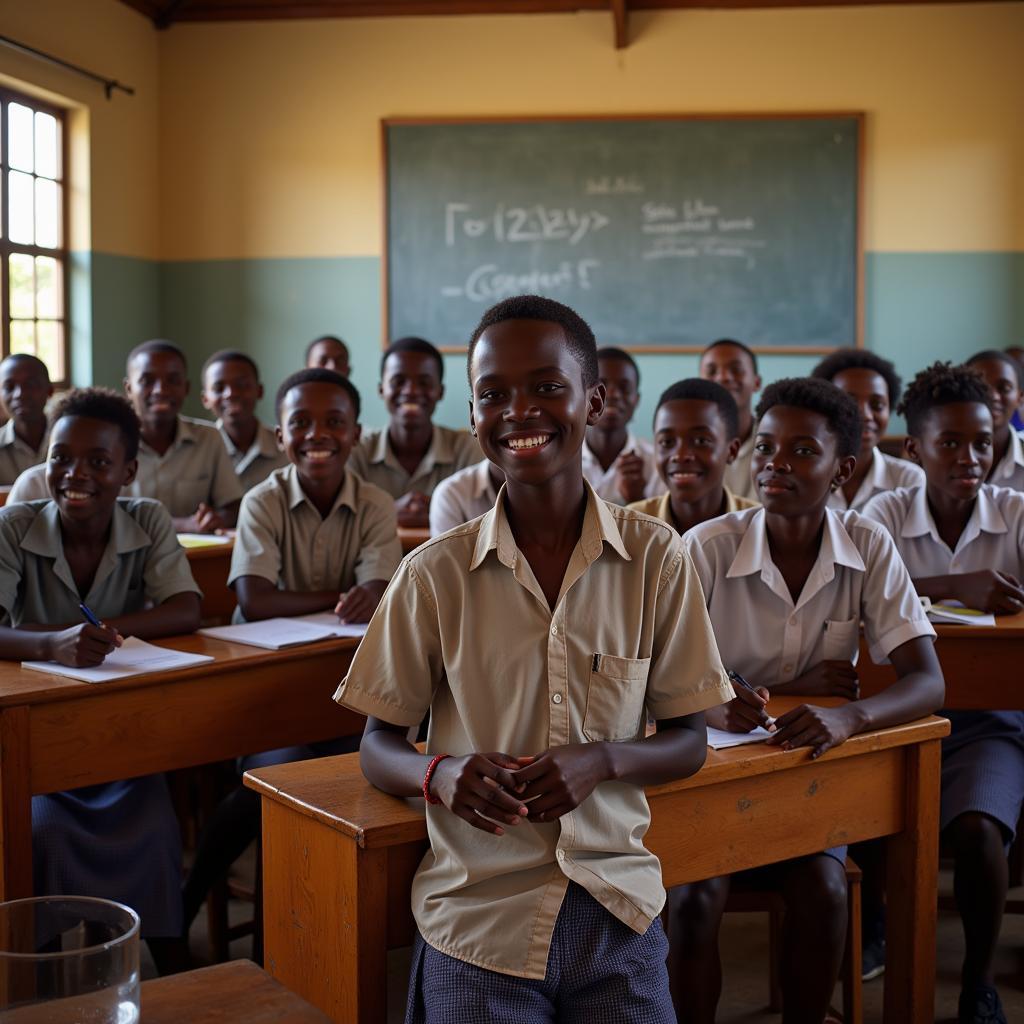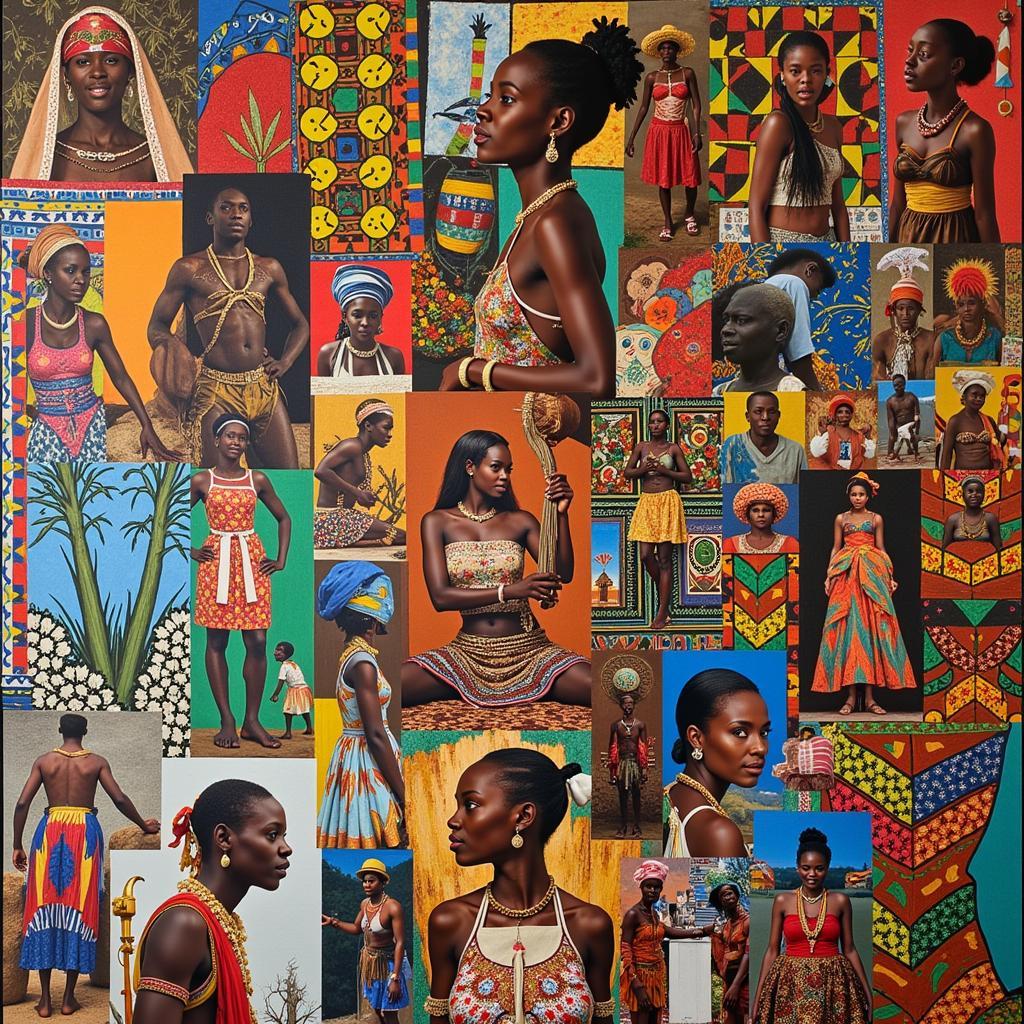African Countries and Their Population 2017: A Snapshot
In 2017, the African continent was a vibrant tapestry of cultures, languages, and traditions, home to a diverse population exceeding 1.2 billion people. Understanding the demographic landscape of African countries and their population in 2017 provides valuable insights into the continent’s social, economic, and political dynamics.
 Population Density in Lagos, Nigeria
Population Density in Lagos, Nigeria
The Giants and the Emerging Players
Nigeria, often dubbed the “Giant of Africa,” held its position as the most populous country on the continent in 2017, with a population exceeding 190 million. Its youthful population, rich natural resources, and growing economy solidified its influence on the regional and global stage. Following closely behind was Ethiopia, with a population exceeding 100 million, marking it as a significant player in East Africa.
However, population size alone doesn’t tell the whole story. Smaller nations like Botswana and Mauritius, though significantly less populous, stood out for their economic progress and high Human Development Index rankings. These countries demonstrated that strategic development and good governance could pave the path for a high quality of life, even with smaller populations.
Population Growth and its Implications
 Family Life in Rural Africa
Family Life in Rural Africa
Africa’s population growth rate in 2017 was the highest globally, presenting both opportunities and challenges. The youthful demographic presented a potential engine for economic growth and innovation. However, this rapid growth also placed a strain on resources and infrastructure, particularly in sectors like education, healthcare, and employment.
african countries with highest growth rates often grappled with issues like poverty, unemployment, and social unrest. This highlighted the importance of sustainable development policies that could harness the potential of the youthful population while addressing crucial development challenges.
Urbanization and its Impact
2017 saw a marked increase in urbanization across Africa, with cities like Lagos, Cairo, and Johannesburg becoming magnets for people seeking better opportunities. This rapid urbanization, however, also led to challenges like overcrowding, inadequate housing, and pressure on existing infrastructure.
african cities 2017 witnessed the emergence of both opportunities and challenges. On the one hand, cities became hubs of innovation, entrepreneurship, and cultural exchange. On the other hand, they grappled with issues like crime, poverty, and inequality.
Looking Ahead: Beyond the Numbers
Analyzing African countries and their population in 2017 provides a valuable lens for understanding the continent’s present and future. While population figures offer a starting point, it’s crucial to delve deeper into the social, economic, and political contexts shaping the lives of people across the continent.
 Education in Africa
Education in Africa
“Understanding the nuances of population dynamics in Africa goes beyond mere numbers. It’s about recognizing the diversity, resilience, and potential that each individual contributes to the continent’s vibrant tapestry,” says Dr. Amina Omar, a leading demographer specializing in African population studies.
Examining population trends in conjunction with factors like education, healthcare, governance, and economic opportunities provides a more comprehensive understanding of the challenges and opportunities that lie ahead for Africa.

